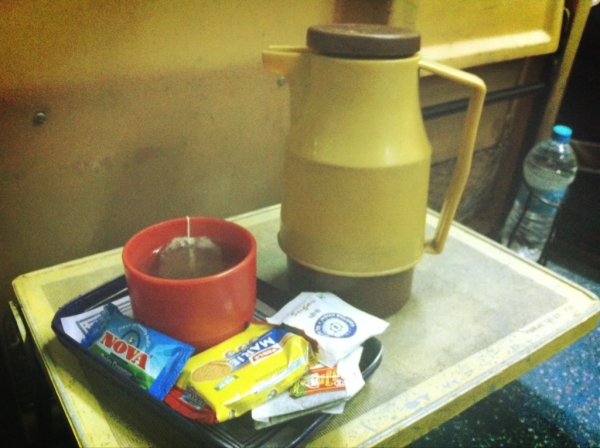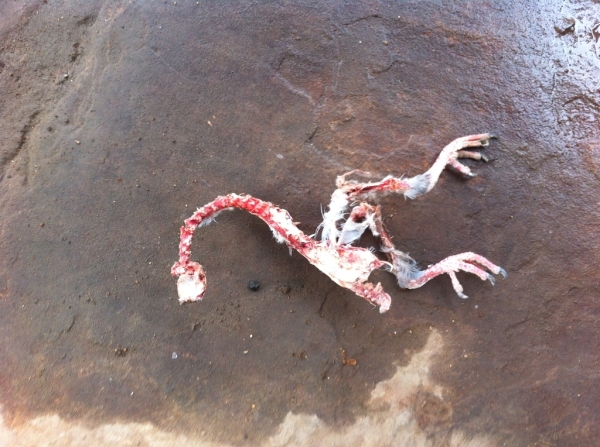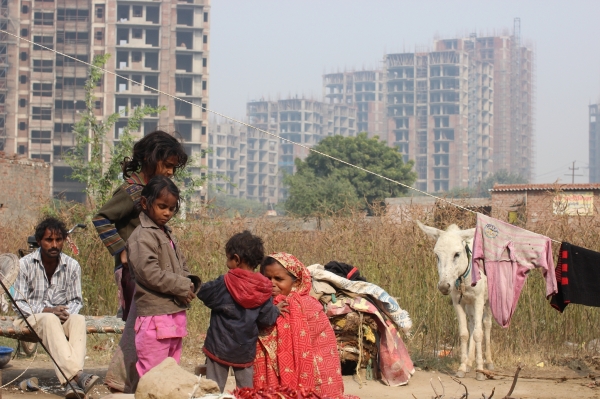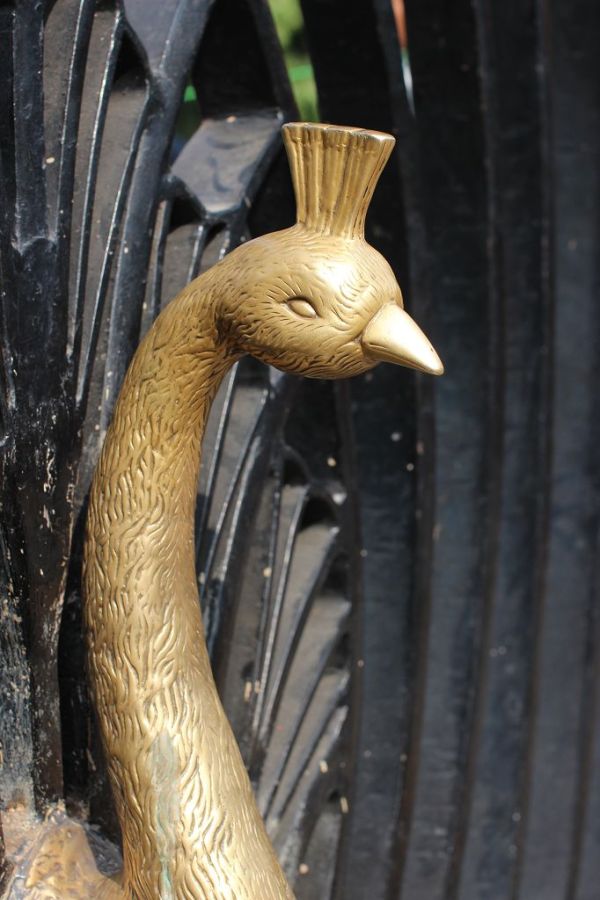Germany wants to get a share of the Indian workforce. “The be frank: We are interested in the bright young minds you have here”, Germany’s embassador to India, Michael Steiner, said at a press conference ahead of the “Indo-German Urban Mela”.
The Mela is a huge festival, with what Germany wants to promote itself as a country of innovation and excellence. So far many young Indians from the middle class only have football in mind, when they think about Germany. Or Michael Schumacher. Or Steffi Graf. “We don’t have an image problem, we have a knowledge problem”, says embassador Steiner. That’s why Germany apparently puts a whole lot of money into the Mela (Hindi word for party) to travel through the metropolians in the subcontinent.

Embassador Michael Steiner at a press conference
The citys for the celebrations are well chosen: Mumbai, the economic capital; Bangalore, the IT-center of the country; Chennai, the “Detroit of India” with all the car manufacturers and a huge port; Delhi, where most people live; and Pune, the student city. Looks like the perfect target group to me.
Germany had tried moves like that before. At the beginning of the milennium the powerhouse of Europe started to realise that it didn’t have enough IT-specialists and asked highly educated foreigners to float into the country. Germany tried to issue greencard-visas, just as the USA do. But the quota of Germany’s cards was never exhausted, because the country wasn’t attractive enough.
Now they give it another try. A year ago some high-ranked Germans, including chancellor Angela Merkel, proclaimed the Year of Germany in India. The Mela is “the highlight” (Steiner) of it.

The German Minister for Economic Affairs, Philipp Rösler, also visited the Mela. Then he and his entourage marched through the slum Rangpuri Paharati.
In Delhi the highlight of the German Year looks like this: 16 modern, especially for this festival built (and surely expensive) pavillons are set up in the Milennium Park at the outskirts of the city – where not many people pass by. The park is neat and clean, the light is pleasant, the music gentle and everybody has comfortable space to walk and sit and stand around. Strolling through the complex doesn’t in any way feel like being in Delhi.
I wonder if this is a good idea. The pavillons look like they are spaceships from another world that landed on this neatly cut grass inside the park walls. The head of the public relations department posted a picture of the mela on his facebook page and someone commented: “a (european) friend of mine said: this is the first time in India, I dont feel like being in India!… yes, my dear, it is GERMANY in INDIA.. great display!”
But why do we come to India if we don’t want to feel like being in India? And, what is the even bigger question for me: Why do we need to show Indians how different we are? Why do we give the huge german-based companies the space to promote themselves in the park? In most of the pavillons one couldn’t find information and gadgets of German universities or ministries, but of global players like Allianz, BASF, Bosch, Deutsche Bank, Siemens, Airbus, DHL, Metro, SAP, Voith and Volkswagen.

Humayun’s Tomb, shining in the colours of Germany and India
Next to the park is Humayun’s tomb, a national heritage site. For the eight days of the Mela the German embassy was allowed to illuminate the antique building in the colours of the flags of Germany and India. The public relations manager put it as a “birthday present for 60 years of Indo-German diplomatic relations”. But the german black-red-yellow on a shrine? I don’t feel good seeing this. The building is a national symbol, not to be occupied by others.
At the same day as the Mela a new House for Research and Innovation was opened in New Delhi. For the celebration a state secretary was flown in who was also biding for the “young, bright minds” to come to Germany. According to the Deutsche Akademische Austausch Dienst (DAAD, German Academic Exchange Service) the number of Indian students in Germany in the last four years has grown by 70 per cent to nearly 6000. This is mainly due to new visa regualtions that allow non-EU-citicens to stay after they finish university – when they can find a job and add their workforce to the country, that is.
I asked the state secretary, if there is a maximum, or if Germany wants more and more students and skilled workers to come. “No, no cap”, she replied. But that makes me think: Is this not a new form of colonialism? Not – as in former times – getting the mineral resources out of the country and exploiting the people in the colonies. But getting the best people, the human resources, out of the country?















